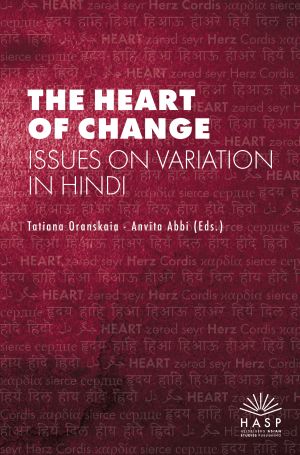##submission.howToCite##
##submission.license## (##submission.chapter##)
##submission.license.cc.by-sa4.footer####submission.identifiers## (##rt.metadata.pkp.dctype##)
##catalog.published##
##submission.downloads##
Multilinguality and Language Teaching
In this paper I argue that it is essential to be sensitive to language for language teaching. It is important to address such questions as: What is the nature of language? What is its structure like? How does it change? These are some of the questions about which there must be a minimal understanding. The question of language acquisition by children is also associated with these questions. This does not however mean that every teacher must also be a linguist. It only means that any person who claims to intervene in education must know something about language; what kind of education or knowledge can we have without language? The real nature of language is “multilinguality” and not a “homogeneous language”; diversity rather than uniformity is the defining feature of language. One more thing. We do understand that we do need to address the issues of language teaching. But what is special about Hindi language teaching? What is so special about English language teaching? English Language Teaching (ELT) is a big industry. It seems in the absence of the British Empire we have to have the empire of English. Our response to this socio-political pressure is not to start manufacturing as it were another brand of soap or oil. The response should be to locate the teaching of languages in the context of multilinguality.
Keywords multilinguality, language teaching, nature of language, phonology, morphology, syntax








